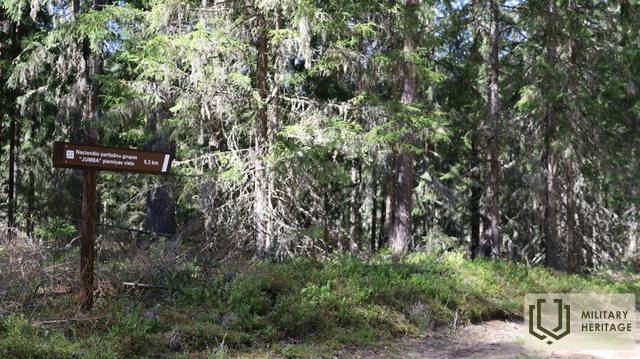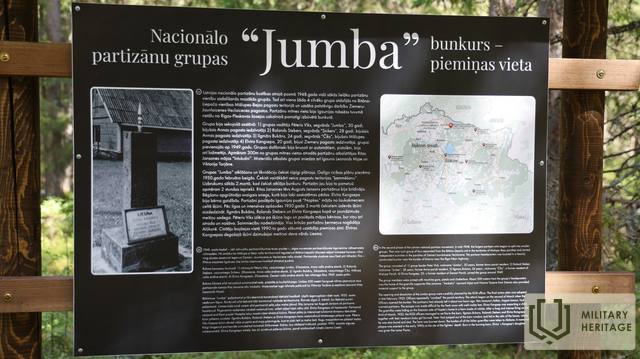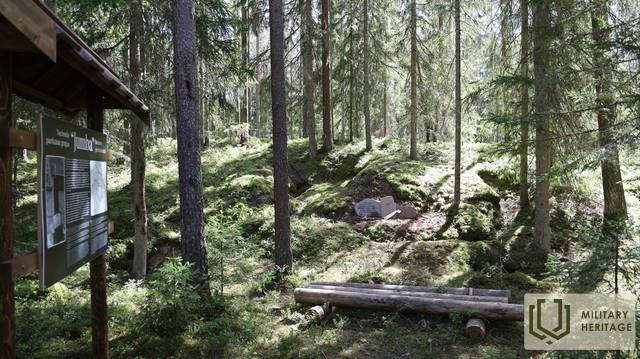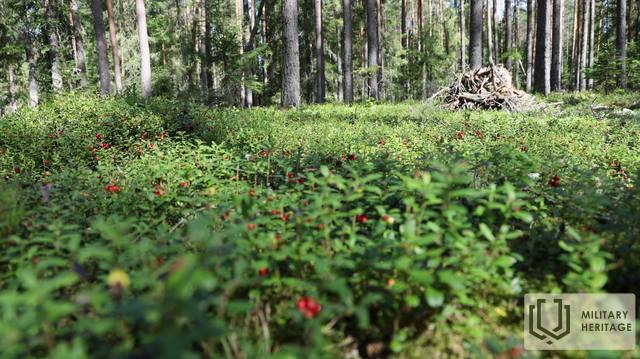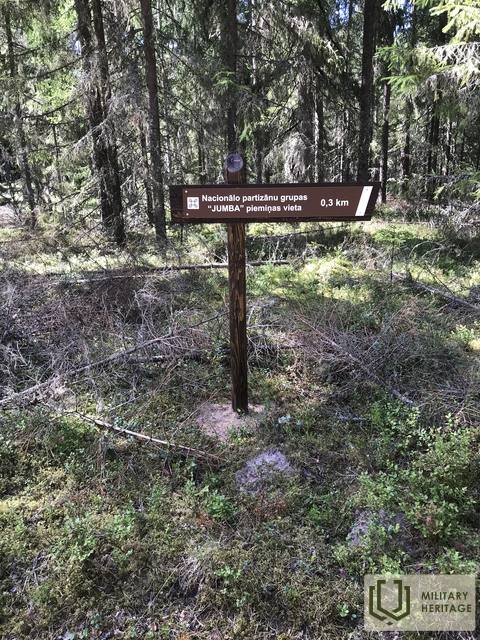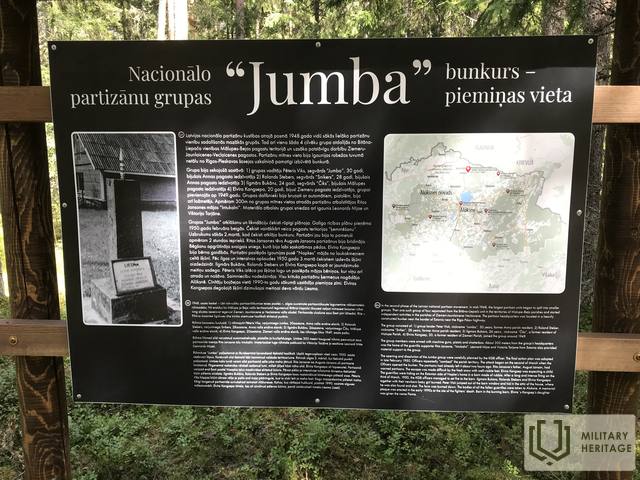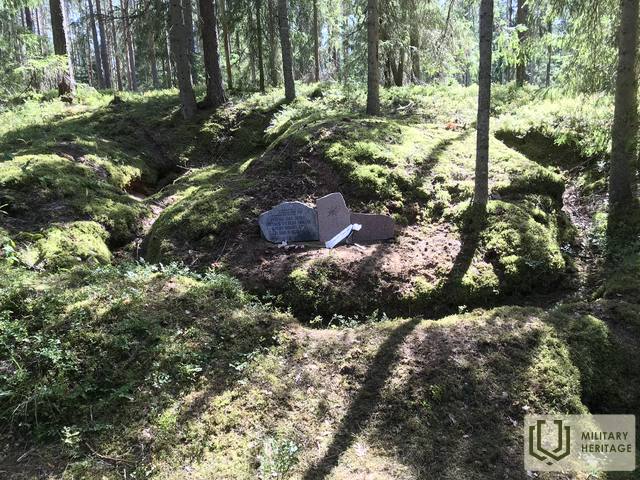Nacionalinės partizanų grupės „Jumba“ bunkerio atminimo vieta
Memorialinė vieta


Įsikūręs Ziemerso parapijoje, Valstybinio miško 66-ajame kvartale.
Memorialas buvo atidengtas 2020 m. liepos 10 d.
Antrajame Latvijos nacionalinio partizanų judėjimo etape, 1948 m. viduryje, nuo J. Bitāno-Liepačo būrio Mālupē-Bėjos valsčių teritorijoje atsiskyrė 4 asmenų grupė - Vikas Pētersis, Steberas Rolandas, Bukanas Ilgmārs ir Kangsepa Elvīra, kurie pradėjo savarankišką veiklą Ziemeros-Jaunlaicenės-Veclaicenės valsčiuose. Partizanų štabas buvo netoli Estijos sienos, netoli Rygos-Pskovo plento, ant kalvos, gerai įrengtame bunkeryje.
1950 m. kovo 2 d., čekistams aptikus bunkerį, partizanai pasislėpė iš riedulių pastatytame tvarte „Napke“ name Estijos pusėje. Po ilgų ir įnirtingų susišaudymų 1950 m. kovo 3 d. čekistams pavyko tvartą padegti. Ilgmārs Bukāns, Rolands Stebers ir Elvīra Kangsepa sudegė kartu su naujagime dukra. Pēteris Viks iššoko pro tvarto langą ir pasislėpė namo palėpėje, kur buvo rastas ir sušaudytas. Ūkis buvo sudegintas. Visų žuvusių partizanų kūnai buvo išvežti į Alūksnę. Kovotojų žūties vietoje 1990-ųjų pradžioje buvo pastatytas atminimo ženklas. Elvyros Kangsepos dukra, gimusi degančiame tvarte, buvo vardu Liesma.
Panaudoti šaltiniai ir literatūra:
2015 metais Alūksnės ir Apės rajonų politiškai represuotųjų klubo „Sarma“ vadovė Dzidra Mazika kartu su klubo nariais atnaujino tyrimą apie nacionalinio pasipriešinimo judėjimo dalyvių veiklą Alūksnės ir Apės rajonuose. Šio renginių ciklo metu buvo tiriamos partizanų veiklos vietos, fotografuojama ir filmuojama, užfiksuojami liudininkų prisiminimai, šios vietos sutvarkomos, įkurtos ir atidarytos memorialinės vietos. Aktyviai Nacionalinio pasipriešinimo judėjimo veiklos tyrime dalyvavo: Alūksnės ir Apės rajonų politiškai represuotųjų klubo „Sarma“ vadovė Dzidra Mazika; istorikė Astrīda Ievedniece, Nacionalinės gvardijos 31-ojo bataliono veteranai ir vadas Juris Ločas, taip pat Alūksnės rajono savivaldybė.




